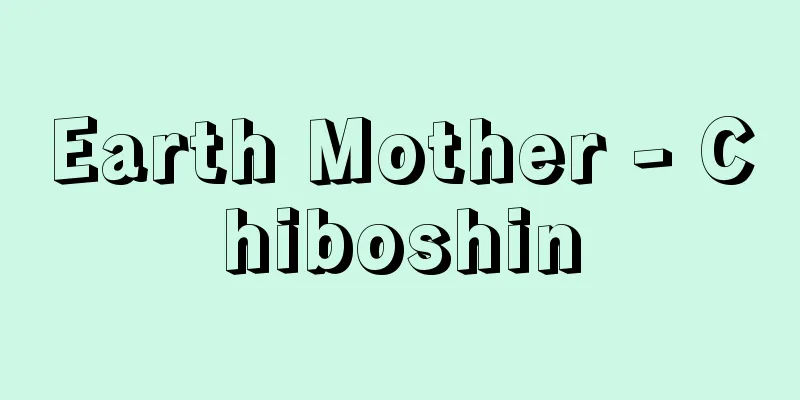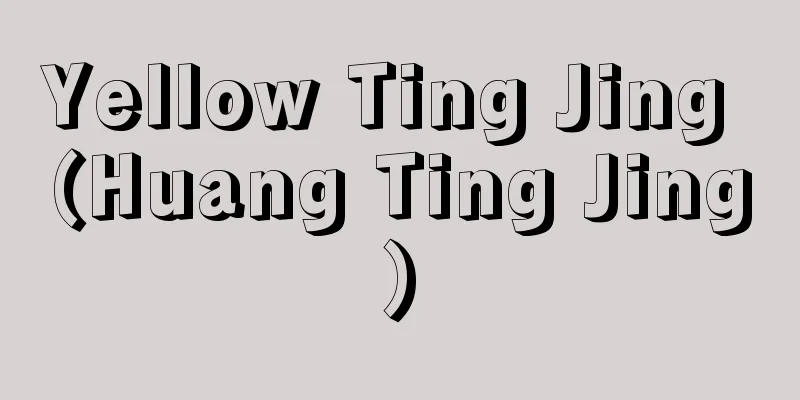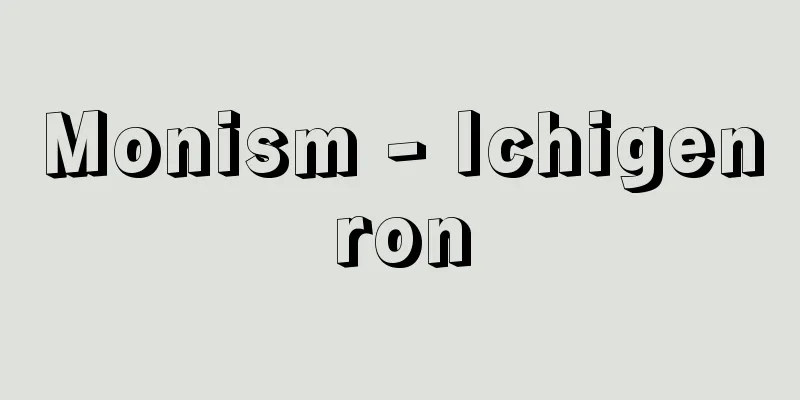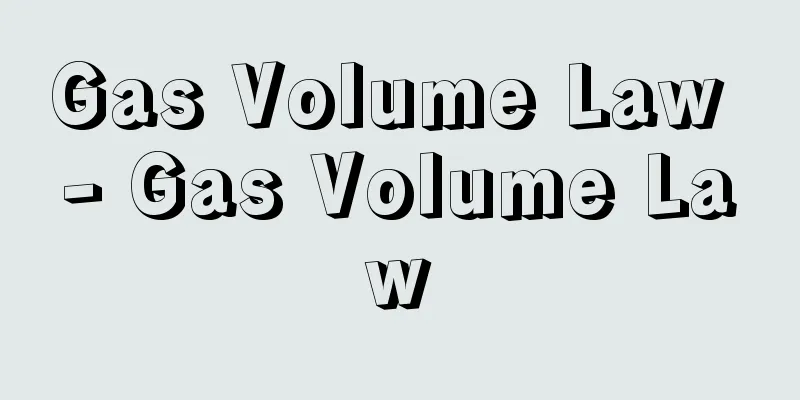Solid waste - solid waste

|
This refers to various types of garbage and unwanted materials that are generated as a result of production, distribution, and daily life. Originally, garbage and unwanted materials were naturally incorporated into the natural cycle, but due to the dense population, the increase in waste, and the emergence of waste that is difficult to return to nature, artificial processing and disposal became necessary. In Japan, the Sewage Cleaning Law was enacted in the Meiji era, and the Cleaning Law was enacted in 1954, and the processing of household waste was made the responsibility of municipalities. However, from the 1960s, the dramatic increase in productivity led to an increase in the discharge of industrial waste, and in response to this, the era of mass disposable consumption began, and urban waste exploded. In order to deal with this, the Cleaning Law was abolished in 1970 and the Waste Disposal and Cleaning Law (Waste Disposal Law) was enacted. The Waste Disposal Law established a system for processing and disposing of waste by roughly dividing waste into general waste and industrial waste, and also clarified the nature of responsibility. The Waste Management Law defines waste as garbage, bulky garbage, cinders, sludge, manure, waste oil, waste acid, waste alkali, animal carcasses, and other filth or unnecessary materials in solid or liquid form. Radioactive materials and materials contaminated by radioactive materials (→ radioactive waste) are not included. The total amount of municipal waste generated in 2011 was approximately 45 million tons, and the total amount of industrial waste generated was approximately 380 million tons. Source: Encyclopaedia Britannica Concise Encyclopedia About Encyclopaedia Britannica Concise Encyclopedia Information |
|
生産,流通,生活に伴って発生する各種のごみや不要物をいう。元来,自然の循環過程のなかに無理なく組み込まれていたが,人口の稠密化,廃棄物の増大,さらには自然還元の困難な廃棄物の出現などで,人為的な処理,処分が必要とされるようになった。日本でも明治になってから汚物掃除法,さらに 1954年清掃法が制定され,家庭からの廃棄物の処理は市町村が行なう事業とされた。しかし 1960年代から生産力の飛躍的増大により,産業廃棄物の排出が増大し,一方これに呼応して消費面での大量使い捨て時代となり,都市の廃棄物が爆発的に増加,これに対処するため,1970年には清掃法を廃止して「廃棄物の処理及び清掃に関する法律」(廃棄物処理法)が制定された。廃棄物処理法は廃棄物を大きく一般廃棄物と産業廃棄物に分けて処理,処分の体系を確立し,またその責任のあり方を明確にした。廃棄物処理法にいう廃棄物とは,ごみ,粗大ごみ,燃え殻,汚泥,糞尿,廃油,廃酸,廃アルカリ,動物の死体,その他の汚物または不要物であって,固形状または液状のもの,としている。放射性物質および放射性物質に汚染された物(→放射性廃棄物)は含まれない。2011年における一般廃棄物の総排出量は約 4500万t,産業廃棄物の総排出量は約 3億8000万tとなっている。
出典 ブリタニカ国際大百科事典 小項目事典ブリタニカ国際大百科事典 小項目事典について 情報 |
>>: Exhaust turbine - exhaust turbine
Recommend
Senzan
A mountain located in Sumoto City, in the center ...
Dantidurga
...c. 753-973. The Chalukya dynasty, which occupi...
Fence - fence
It can also be read as "ki". It mainly r...
Kinshari Kiln
…The middle period saw the appearance of white po...
Interval scale
An interval scale is a scale in which only the dif...
Wall clock - kakedokei
〘 noun 〙 A large clock that is hung on a pillar or...
Uchinada [town] - Uchinada
A town in Kahoku County in central Ishikawa Prefec...
Guard rowing - Guard rowing
…The river canal and lock canal were collectively...
Brachiopoda
…They are considered to be one of the fouling org...
Demurrage - Demurrage
A charge paid by a charterer or cargo owner to a s...
Undersea topography - Kaiteikei
The undulating form of the ocean floor. Generally...
kaba türkçe (English spelling)
… [Society, Economy, Culture] The social hierarch...
Agricultural Research Institute - Nougyousougokenkyujo
Founded in 1946 under the jurisdiction of the Agri...
Ottoman - Ottoman
〘Noun〙 The predecessor of the modern Turkish Repub...
Fushimi Tokiwa
The title of a Kōwakamai dance. Ban can also be wr...









